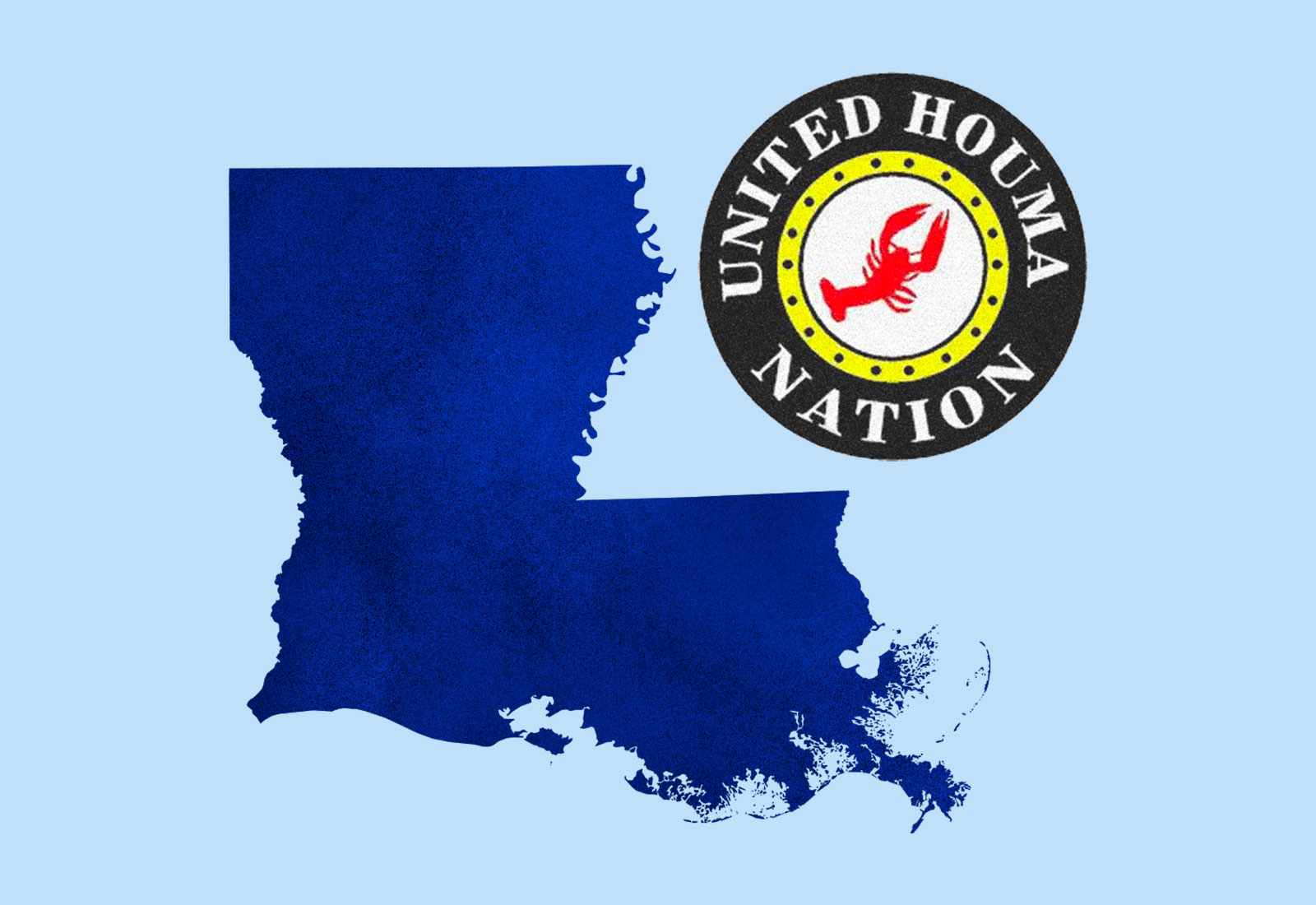When Hurricane Ida came barreling toward Louisiana on Sunday, New Orleans wasn’t the only target. Several Native American communities, some based on narrow stretches of soil among the wetlands, were also hit hard by the storm.
One of those communities was the United Houma Nation, which is recognized by the state but not the federal government, has about 19,000 members spread out over six southern parishes, with tribal offices in Golden Meadow, Louisiana. “Our tribe has suffered deaths and injuries. We just don’t have a count yet,” tribal chief August Creppel told Native News Online late Monday.
Monique Verdin is a documentary filmmaker and member of the Houma Nation who evacuated to Florida before the storm. She spent Tuesday coordinating relief efforts and gathering supplies for the expected long recovery. “One thing that is quite clear is that they’re going to be out of power for close to a month, and maybe longer,” she said “It’s a big mess and they need everything, so we’re going to bring water and mold-cleaning supplies and tools to tear out walls.”
While Louisiana’s Native communities share many of the same obstacles as surrounding towns when it comes to hurricane recovery, Indigenous residents often feel overlooked because of the lack of media representation. A post-Katrina study found that few people were aware that Native Americans still lived in Louisiana.
Along with the increasing threat of coastal erosion, Verdin is concerned that the storm may have caused chemical spills at one of the many petrochemical facilities in the area. A series of spills was triggered by Hurricane Katrina in 2005, resulting in several million gallons of oil seeping into waterways throughout the region.
“People came home to a flood line that was 8-feet high in their house, and then they would have a three-foot-high oil line where the oil seeped out into the community after the storm,” she said.
Verdin also noted that the Mississippi River Delta and coastal Louisiana were already among the most rapidly disappearing geographic areas in the nation, losing roughly one football-field-size piece of land every 100 minutes.
Scientists say Louisiana’s land loss is caused by several factors, including reduced sediment flow from the Mississippi River, rising sea levels, and a network of man-made channels created to support oil and gas development. Over time, those channels grew wider as their banks eroded, allowing saltwater intrusion to alter estuarine ecosystems and convert much of the previously sheltered wetlands to open water.
Next door in Terrebonne Parish, a few hundred members of the Pointe-au-Chien Indian Tribe live in houses built on stilts. While the stilts help keep the water at bay, it also makes the houses more susceptible to wind damage, according to tribal chairman Charles Verdin. (Verdin is a common last name in Indigenous communities in southern Louisiana.)
He agrees that decreasing land means that storms and hurricanes cause more havoc. He said the wetlands that used to buffer Pointe-au-Chien from storm surges have been deteriorating for decades.
“Now, whenever we get a hurricane like this, the water comes in a whole lot quicker than before because there’s no marsh out there to slow it down,” Charles Verdin said.
The chairman had planned on riding out the storm at his home, but decided to evacuate early Sunday morning as the storm intensified to a Category 4 hurricane. On Tuesday morning, Charles Verdin was navigating a debris-strewn highway as he returned to his community to assess the damage.
Back in Florida, Monique Verdin said she hopes the federal response to the disaster addresses the needs of historically marginalized communities in southeastern Louisiana, which includes several state- and federally recognized tribes, as well as a number of predominantly Black neighborhoods. Having lived through severe storms in the past, she knows the struggle is far from over.
“I’m just trying to help my people on the ground,” she said. “The storm is gone, but the disaster is going to be with us for a very long time.”



